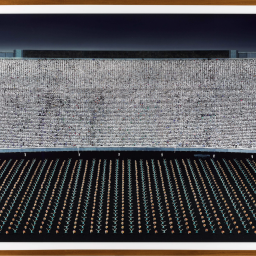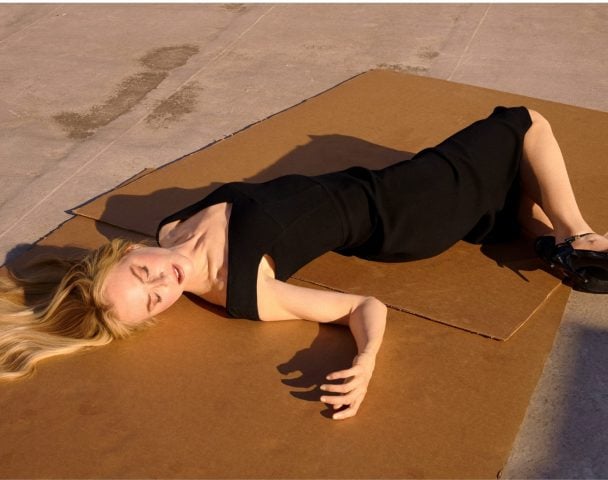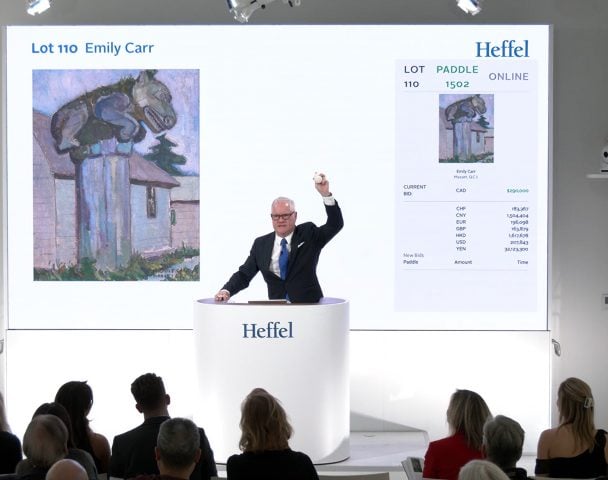Childhood friends Alexis de Bernede and Marius Jacob launched Darmo Art in 2018 while they still students, studying art history in Oxford and Paris, respectively. With hopes of transforming their generation’s view of the art world as an exclusionary space and injecting new energy into the art world, the duo began hosting exhibitions of emerging young artists in unconventional spaces, such as the Salvatore Ferragamo store in Paris or a historical artist’s studio in Montparnasse. What began with $2,000 in savings and a common goal has now become an innovative modern and contemporary art gallery making high-value sales to major collectors.
Since their launch, Darmo Art has hosted exhibitions in a wide range of styles, from up-and-coming contemporary artists to 19th- and 20th-century prints and sculptures by blue-chip French masters. The duo sat down with Artnet Auctions specialists Solomon Bass and Sylvie François Sturtevant to discuss their art-world journey and favorite works from 20th-Century Art, live for bidding on Artnet Auctions through September 30.
Sylvie François Sturtevant: Can you tell us about the genesis of Darmo Art? What led to its creation?
Marius Jacob: I grew up in a family of antique dealers: Galerie Gismondi. My mother has been taking me to the most important European museums, auction houses, and art galleries since I was very young. I guess art dealing has always been in me. When I was six, I would create a little booth next to my family’s booth at French art fairs to sell paintings I had made. My grandfather and I always joked about how I would become their biggest competitor.
Alexis de Bernede: Darmo Art started from a conversation between Marius and me in 2017. We identified a problem in the French art world for young artists who were just beginning to stand out in the market, and we tried to remedy it. There is, in fact, a lag in time between an artist’s early career and their entrance into the roster of an established gallery. They don’t have a solid network to sell and cannot live on their art; they need somebody whom they trust to help them get started. We wanted to find a model to help young artists launch their careers earlier, by setting up a variety of exhibitions where we gather all the people an artist may need to grow their market: collectors, journalists, art lovers, and art-world professionals; all to support young talents in the making.
As students, we could neither spend our days in a gallery nor pay for monthly rent, so we decided to start hosting pop-up shows. Although we now have a full time gallery space in the Rue Royale in Paris, temporary and traveling shows in unusual and/or prestigious locations became our trademark. This allowed us to give artists exposure in multiple cities throughout Europe from the start of their career.
Solomon Bass: What was your process like, choosing young artists for your early exhibitions?
MJ: Our ambition was to select an extremely limited number of emerging artists, build a long-term relationship with each one of them, and support them all year long, even outside of our shows. In most cases, we were these artists’ first dealer. They were just starting to get traction around their practice from the press, organizations, or institutions, but they didn’t have a market yet. We spent time looking at who was behind the art. We didn’t want to work with mere objects; we wanted to work with artists to provide them with the best and most complete ecosystem to keep creating and accelerating their development. And these artists are still with us today. They’ve all become close friends. Having grown together, hand in hand, is priceless.
AB: Also, let’s not forget that we were only 19 years old then, and that we were entering an exclusive market with no track record or credibility. We needed to work with people who we would understand, who would understand us, and with whom we could grow, side by side.
SFS: You had a traveling exhibition this summer, “Meeting the Moderns,” which focused on prints and sculptures by major artists such as Braque, Picasso, and Gauguin. What inspired you to branch out and focus on this earlier sector of the art market?
AB: Our love of art and art history derived from visiting museums and discovering the works of the key French artists of the late 19th and 20th centuries. When we had the opportunity to work with pieces from these great names while advising large collections, we didn’t hesitate to seize the opportunity.
Our background as both collectors and art historians is also immensely helpful in assisting clients in the development of their own collections. We understand both personal eye and taste, but also the integration of artworks in art history. Presenting major 20th-century artists was a great way to attract and meet new collectors, both young and established. Modern-art sales, which are often higher in value than those of emerging art, give us the means to fulfill our ambitions, allowing us to expand our stock and further support our contemporary artists.
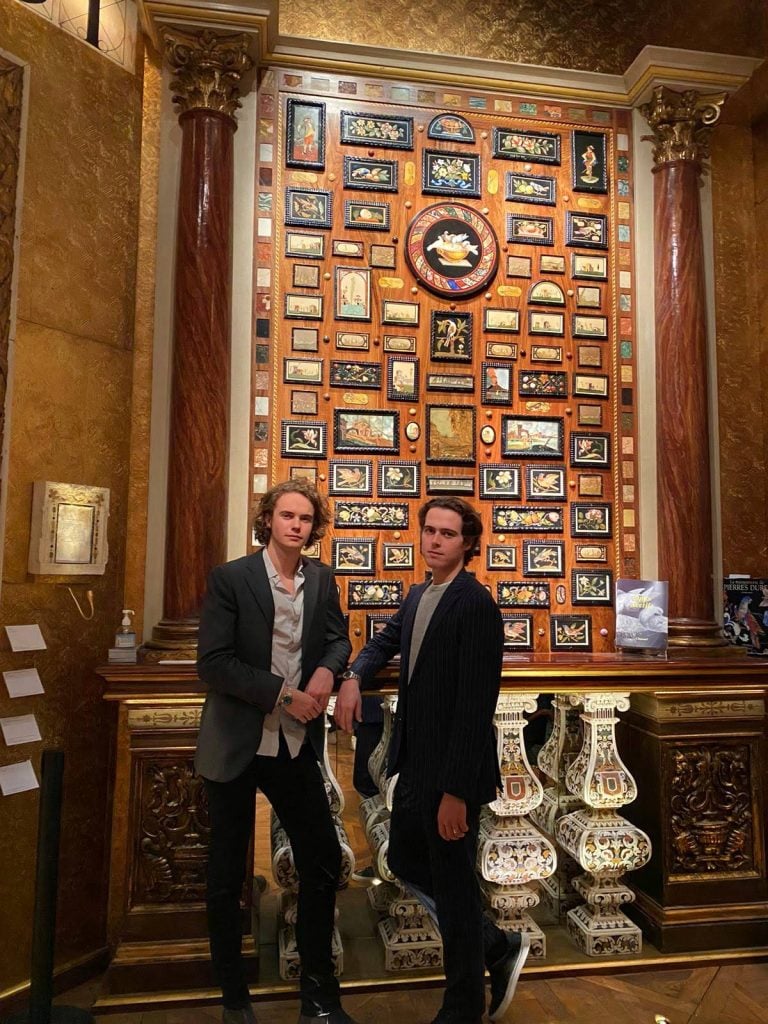
The duo founded Darmo Art in 2018. Courtesy of Darmo Art.
SFS: Do you find that young collectors are as interested in Modern works as they are those by contemporary artists?
MJ: For young or new collectors, emerging art is often an easy entry point into the world of art collecting. You can buy an original artwork that you love, by an artist you will often meet and develop a relationship with, without spending as much as the widely marketed price tags for modern masters. They then discover the beauty of living with art and catch the collecting bug.
Modern masters, while better known than emerging artists, can often seem inaccessible to young collectors. Opening our Modern art department with a show of prints and sculptures with a wide range of prices was intended to show that collecting blue-chip art is not always inaccessible. We made a strong effort to educate the public on the different methods of printmaking—etching, lithography, aquatint, and more—to show the technicality and the subtlety of color and stroke that each method brings.
AB: Many visitors and art enthusiasts who were not necessarily collectors were also happy to discover affordable works by artists that they’ve known since childhood. More generally, I would say that today’s collectors tend not to stay attached to a niche, a movement, or a time period. They expand their collection across mediums, periods, and geographies.
SB: Do you feel owning Modern art can complement or inform a broad collection? Can it contextualize contemporary or even Old Master works?
AB: Let’s remember that before being classified as Modern artists, Braque, Picasso, Miró were the contemporary artists of their time. They were the precursors of a new way of seeing, understanding, and apprehending art, which—before becoming a posterity—was shocking. Mixing periods and styles allows a collector to apprehend more globally the history of art.
MJ: Parallels between works from different periods, movements, and artists can be extended and applied to all arts, and the examples are almost infinite, especially since contemporary practice is continuously growing, allowing new dialogues among historic works. Collecting Modern art within a larger group of contemporary and Old Masters then takes on its full meaning.
SFS: What genres related to Modern art—literature, film, cultural history, or anything else—do you find relevant to your discussions with collectors?
MJ: Fine art has always been linked to other arts in its concepts and references. Understanding and collecting fine art is more a question of building general cultural knowledge. It’s not just making connections between works, but also between artworks and what was happening at the time of their creation.
AB: One’s taste for art is inherently related to their personality. I often talk about the importance of identity, psychology, and the perception of art with collectors. One of our collectors is an immense cinephile who builds parts of his collection in accordance with periods or themes that move him in cinematography. Collecting is a personal journey, and it’s up to everyone to grow in their own way.
Alexis and Marius’s Top Picks:

Available now in 20th-Century Art on Artnet Auctions (est. $1,200–$1,800).
Antoni Tàpies
A.T. (1985)
MJ: I love prints by Antoni Tàpies because they show the complexity of the techniques he uses. The composition of this work is quite dense. There’s a lot going on, but every element is well positioned. All the different layers are well balanced.
AB: What is really interesting to me is the embossing Tàpies does on his works, which really adds a three-dimensional effect. Viewers are brought to walk around and scrutinize the work. Tàpies is known for poetry of matter, and the different textures and materials in this work speak for themselves.

Available now in 20th-Century Art on Artnet Auctions (est. $15,000–$20,000).
AB: I really like aquatint as a printmaking technique because it really brings out the brushstrokes, giving an effect of the artist’s hand on the paper. You can walk up quite close to it and still wonder whether it’s a print or an unique hand-painted piece. I really love this one for so many reasons—because of the technique, the artist, the importance of this work for the artist’s practice, even down to the paper.
MJ: Also, when we did our research, we found that another edition of this print is in the collection of the Museum of Modern Art in New York. Even more interesting, it was a gift from the LeWitt family. This is important to mention, because why did the LeWitt family give this one in particular? I think it’s a representative piece of Sol LeWitt’s work that deserves to put forward.

Available now in 20th-Century Art on Artnet Auctions (est. $12,000–$18,000).
MJ: Postwar American artists pushed the boundaries of printmaking, and this is a perfect example of that.
AB: What we saw in our previous show is that a lot of artists were going deeper into one method of printmaking at a time. The funny thing with this Frank Stella is that it’s him looking at what each method can do, and then putting it all on one piece of paper. There’s a lithograph, linocut, screen printing, hand coloring, collage… and the fact that he worked by hand on every piece is amazing. You can truly pick out which technique was used in every portion of the artwork.
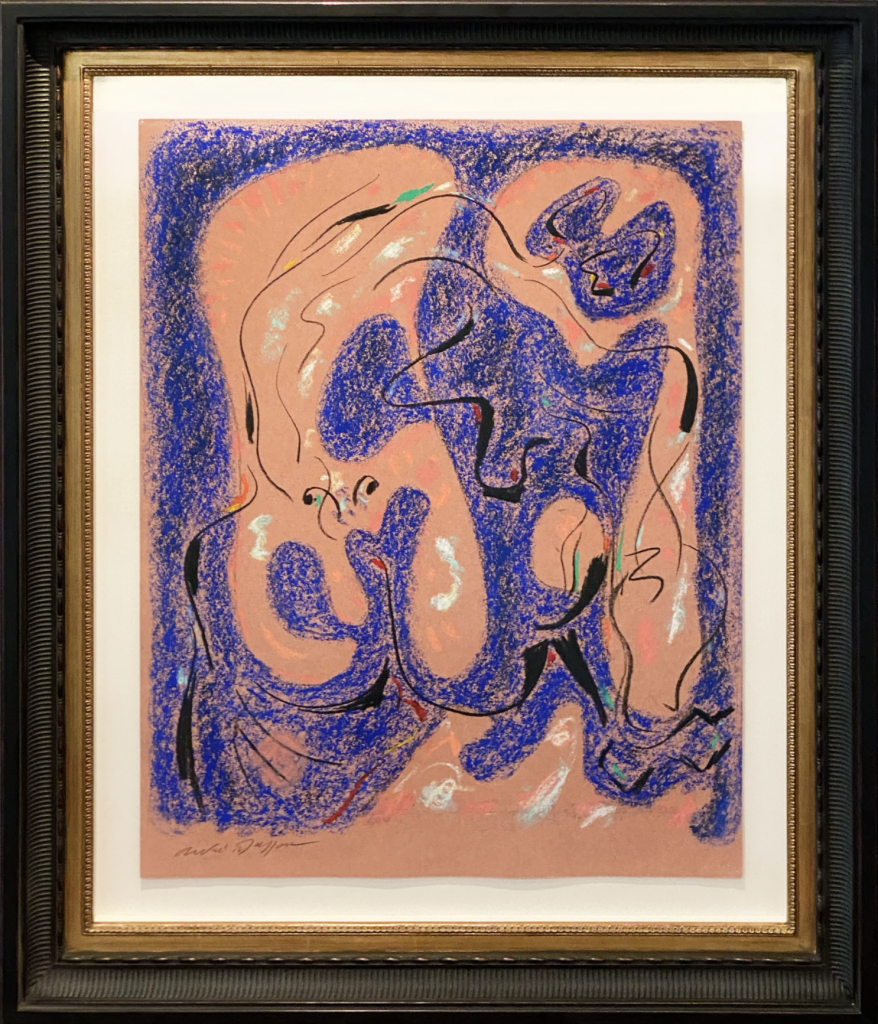
Available now in 20th-Century Art on Artnet Auctions (est. $18,000–$25,000).
André Masson
Nu Bleu (1944)
AB: What’s interesting about André Masson is that he was a French artist whose work was considered Degenerate Art by the Nazis, so he had to move away from France during World War II. He went to the U.S., and this work was created during that period. He only spent a few years there during the war before he returned to France after the occupation. This work is representative of a small but historically important part of his life. It’s quite rare to bring such pieces to auction. With art, composition is not the only thing that is important. In my eyes, the context and the story behind a work are equally important.
This interview has been edited and condensed for clarity.









